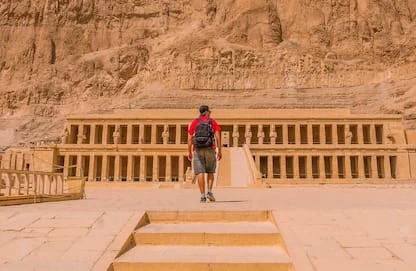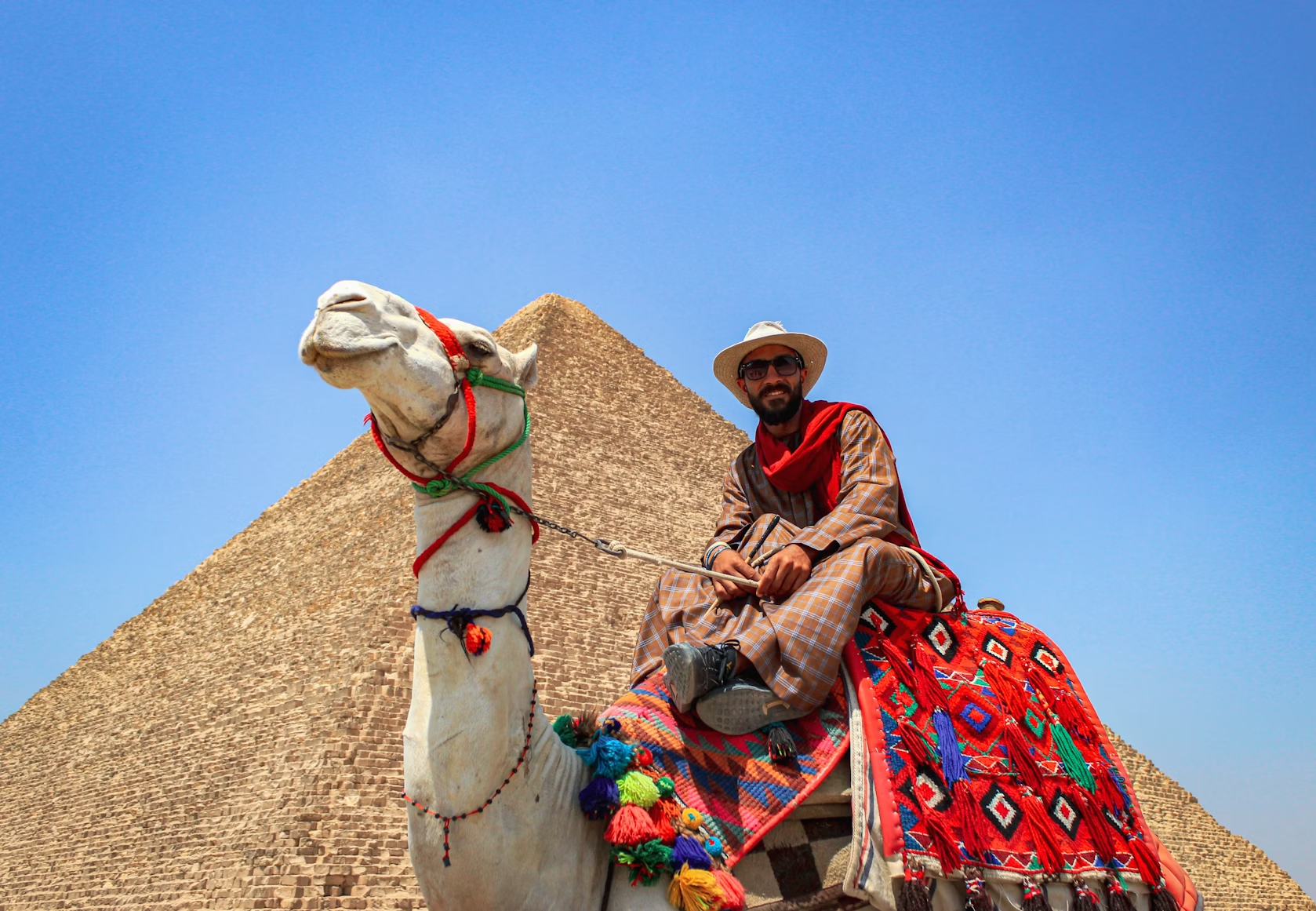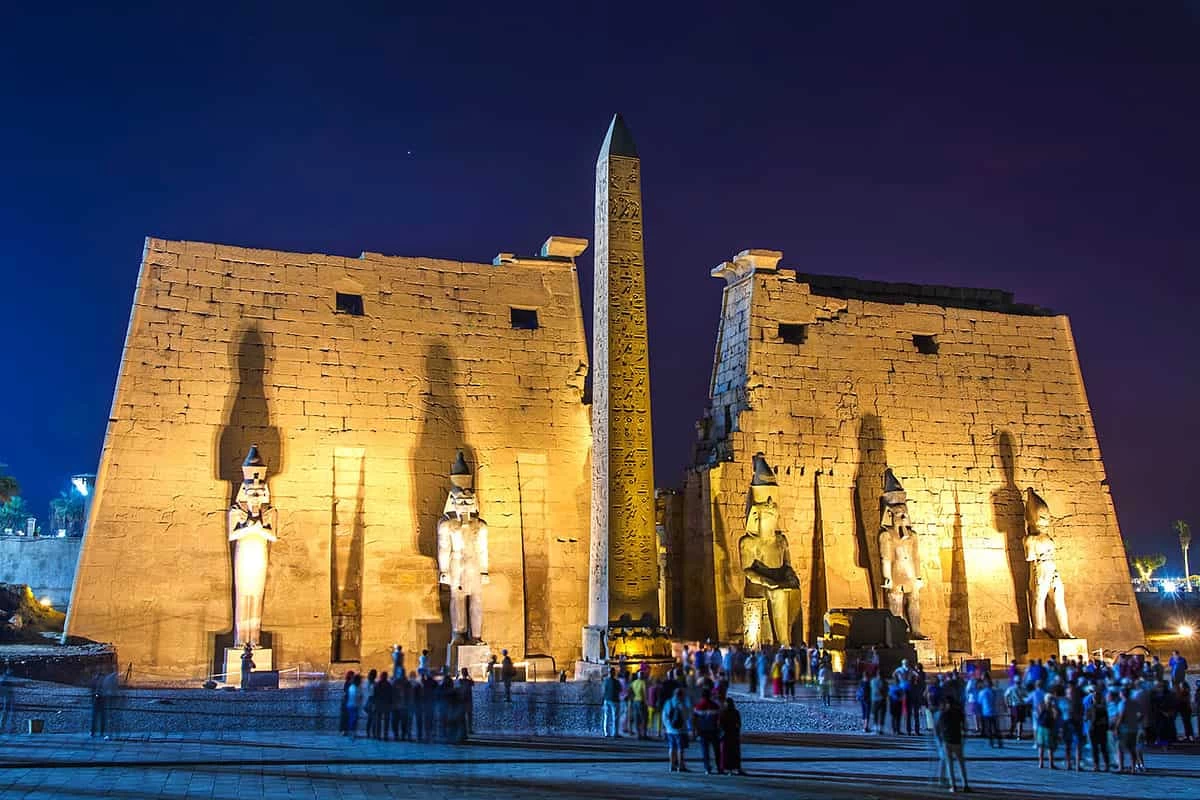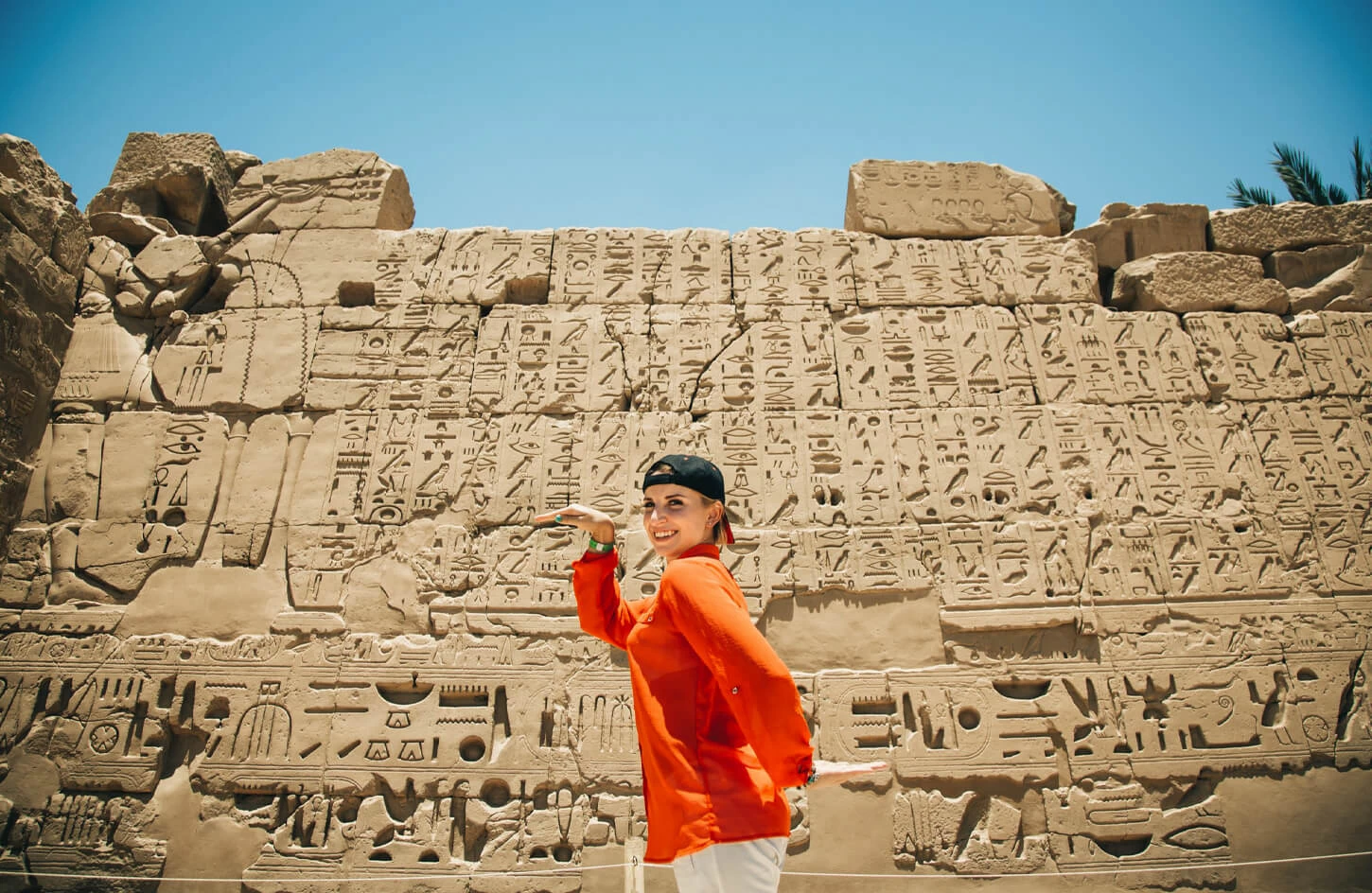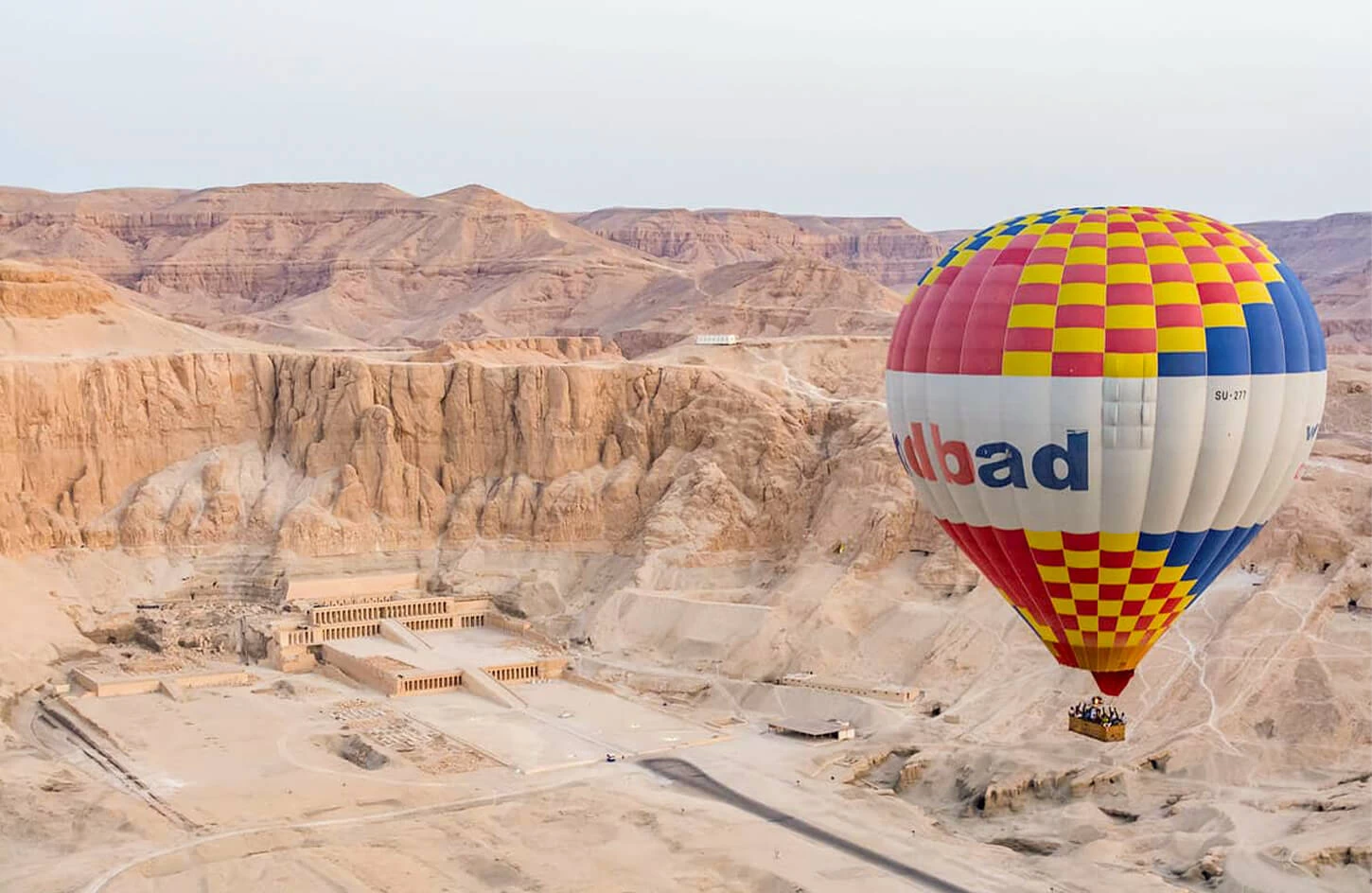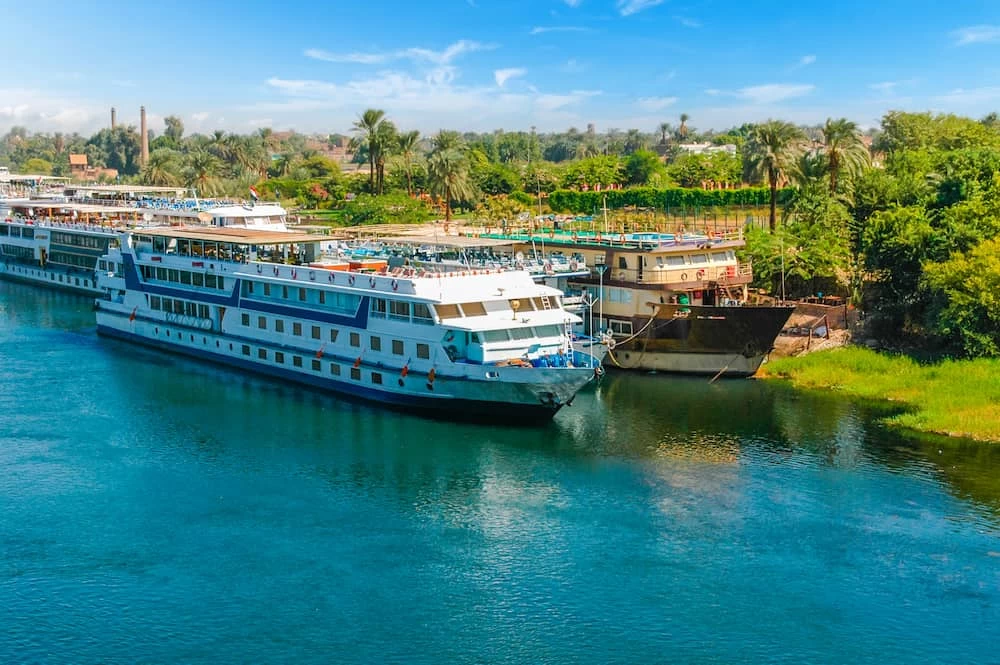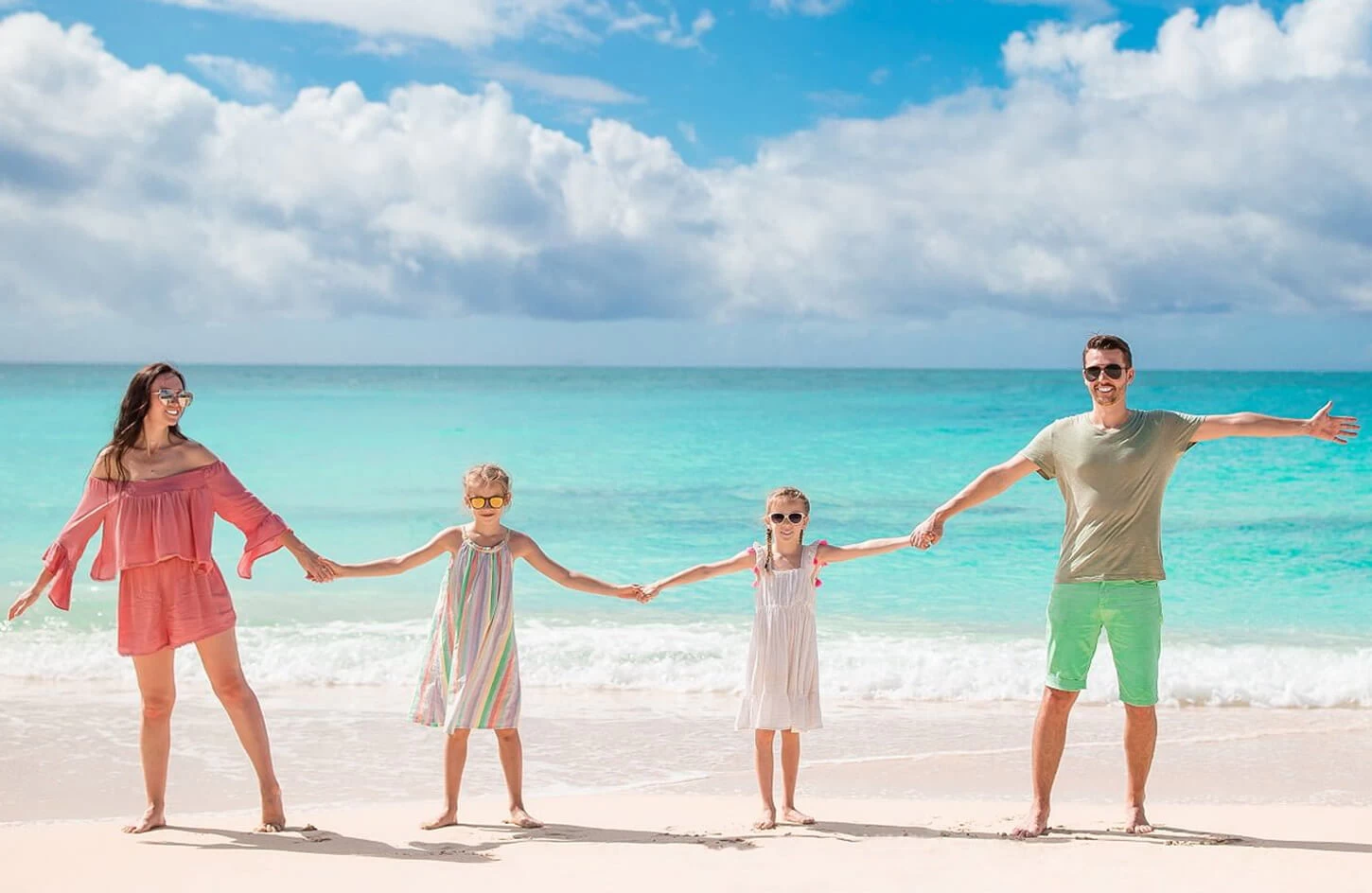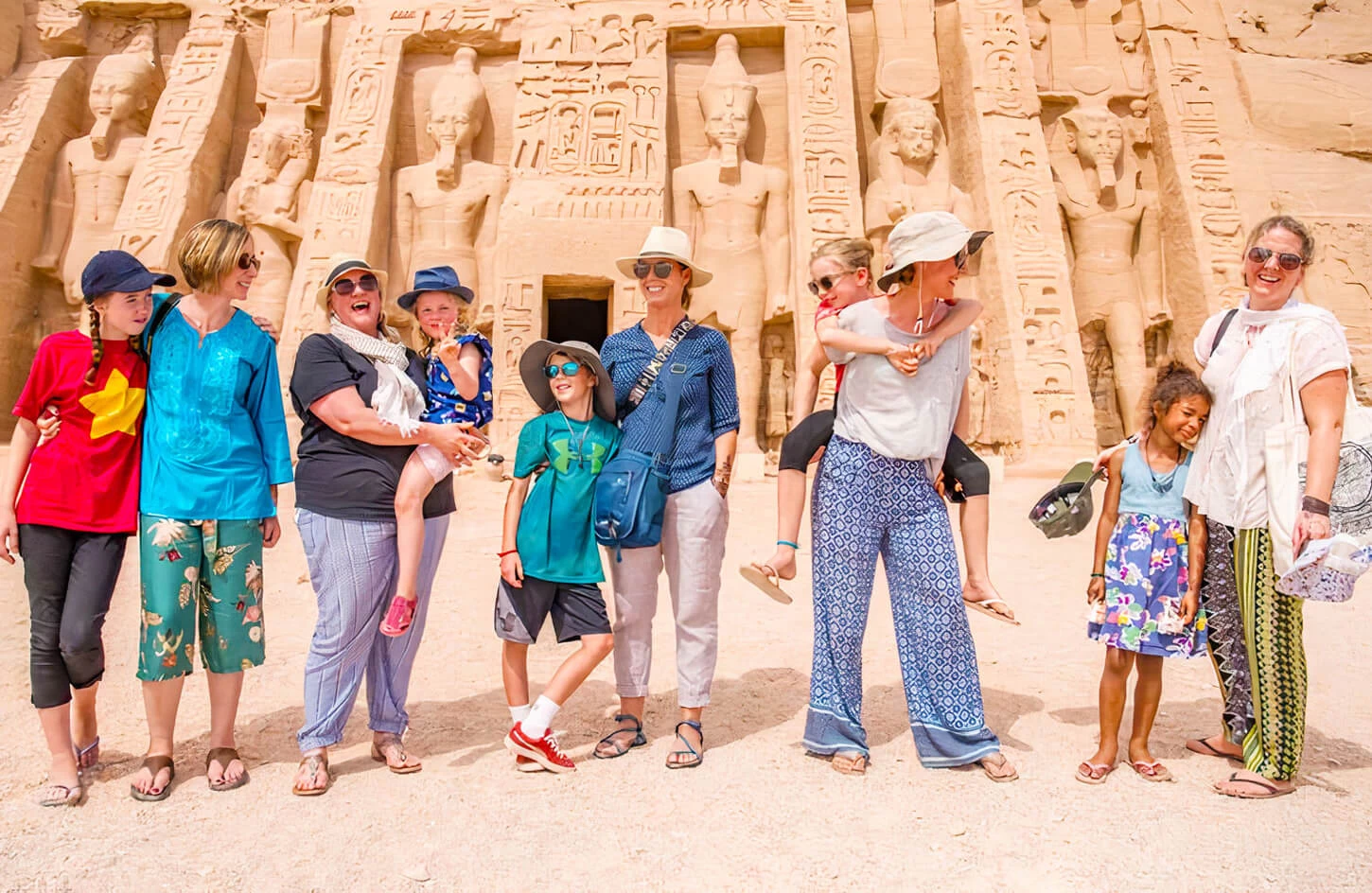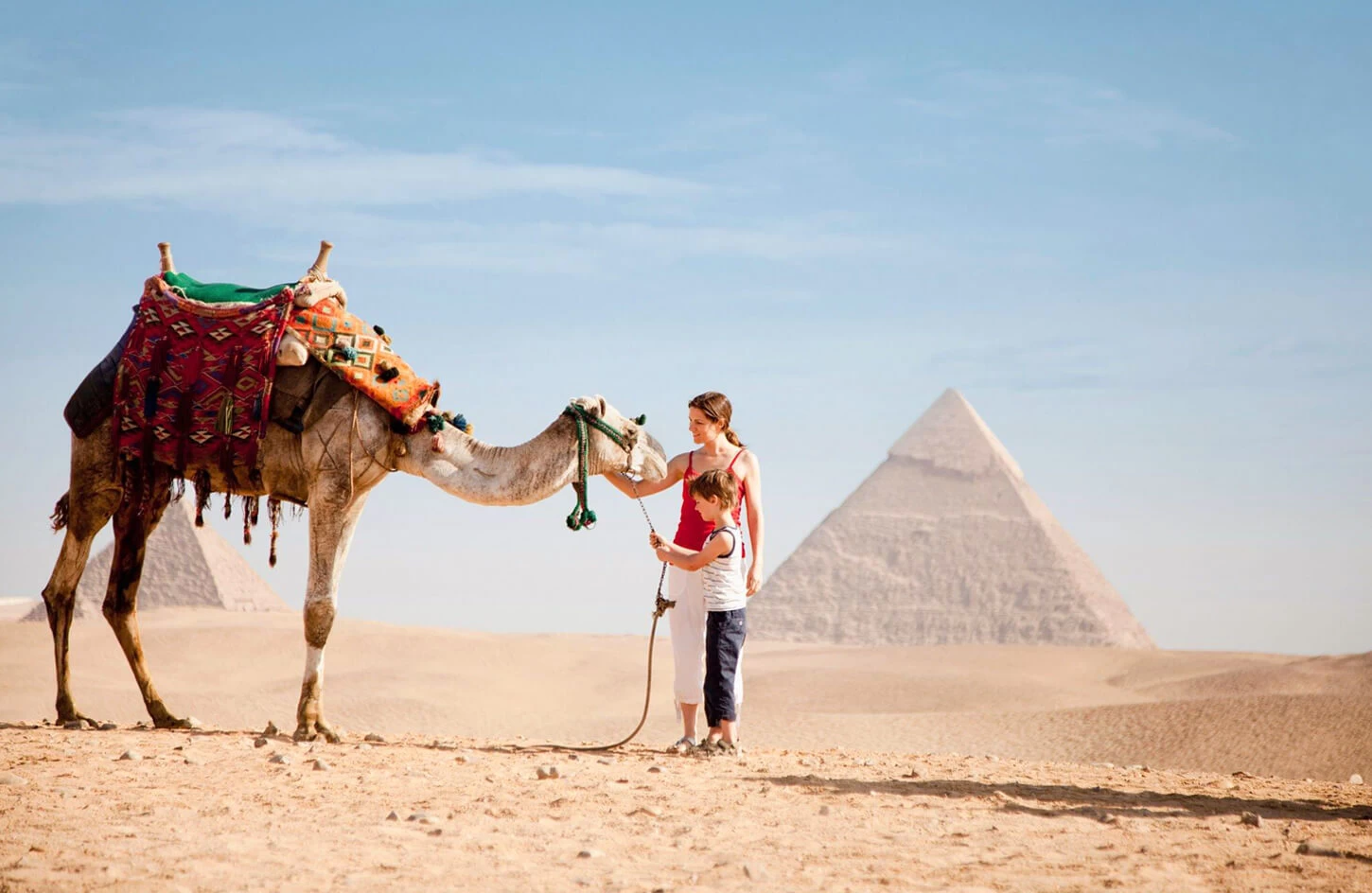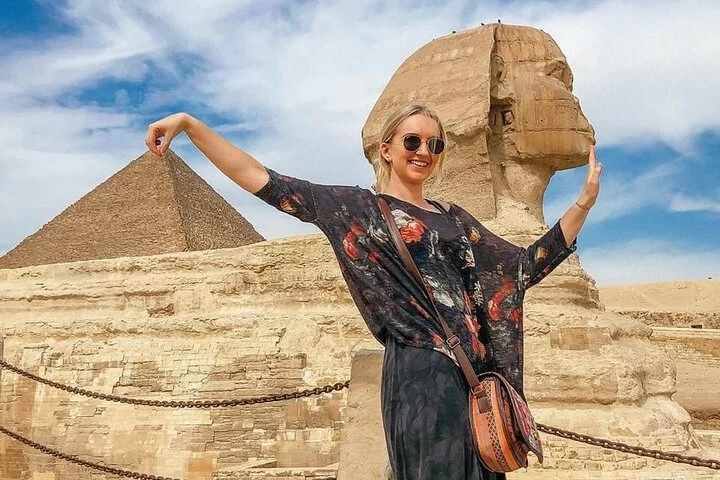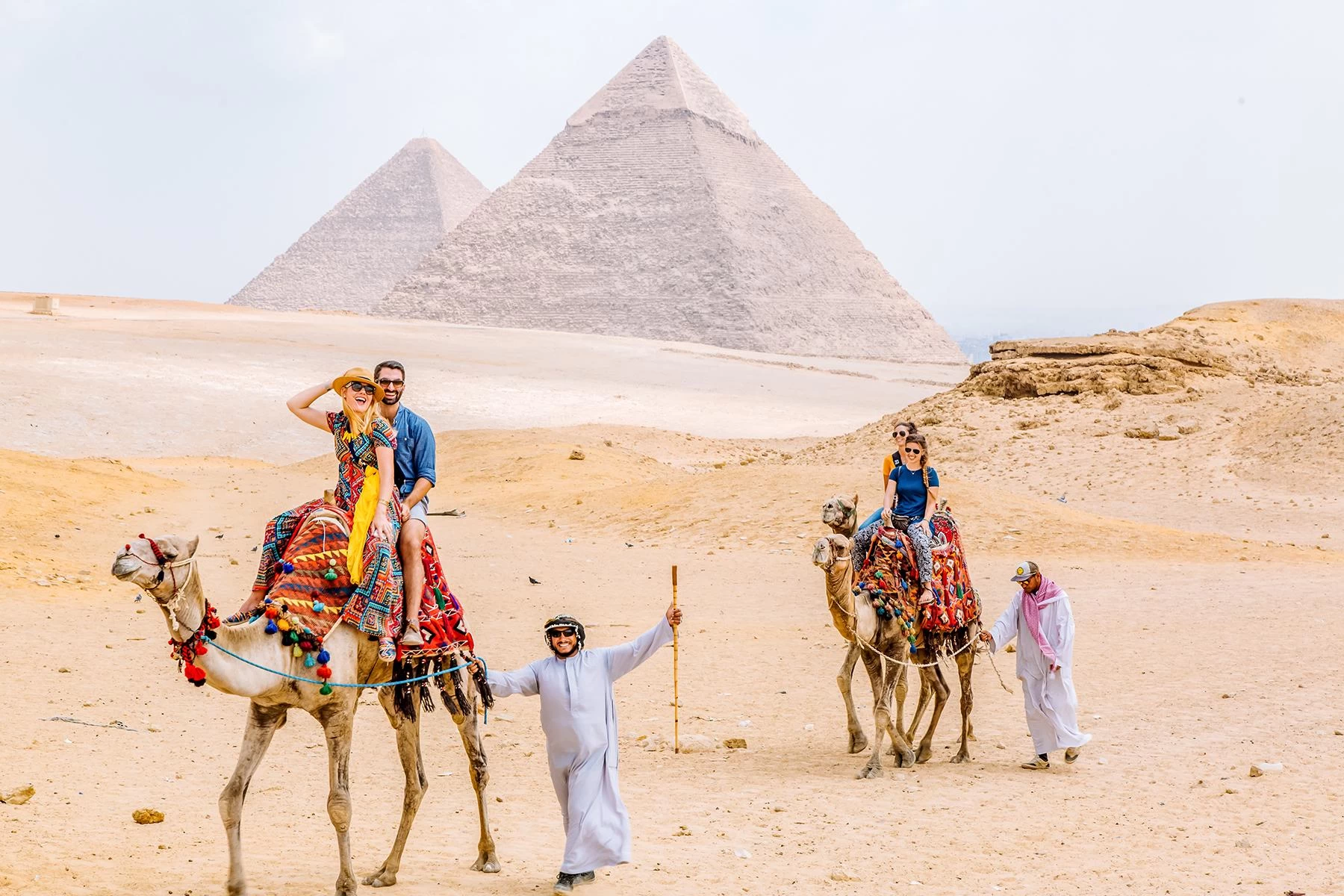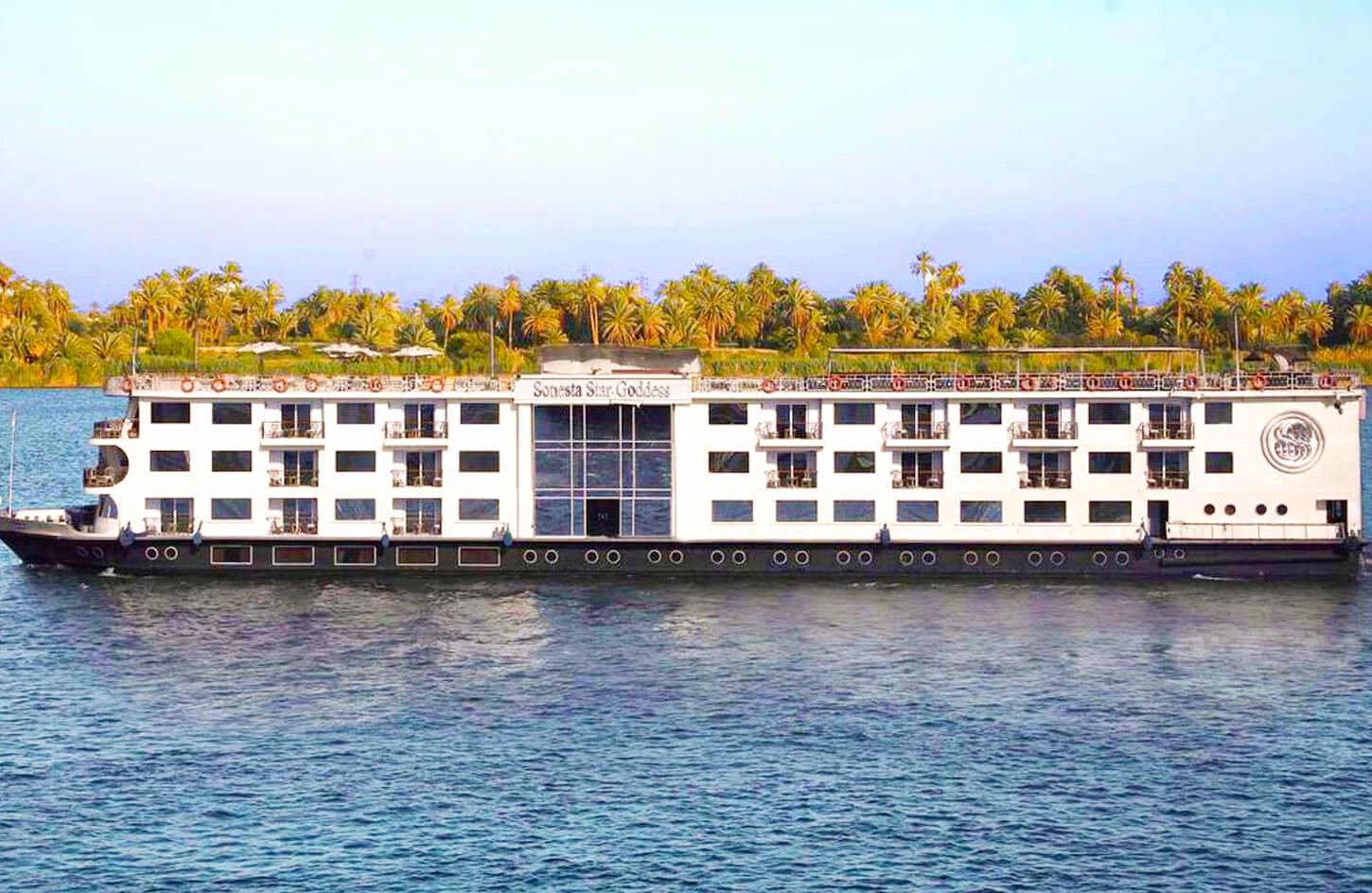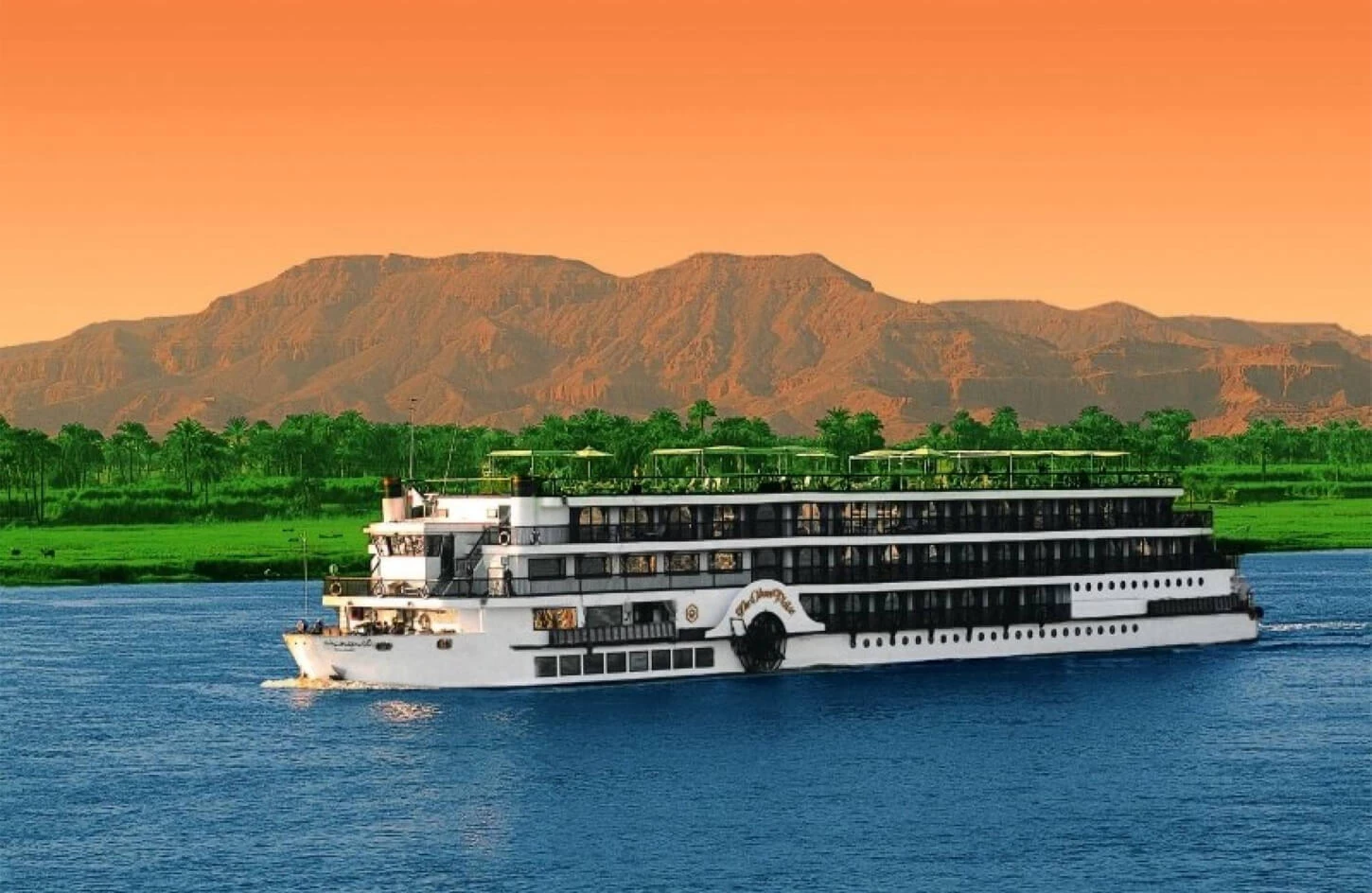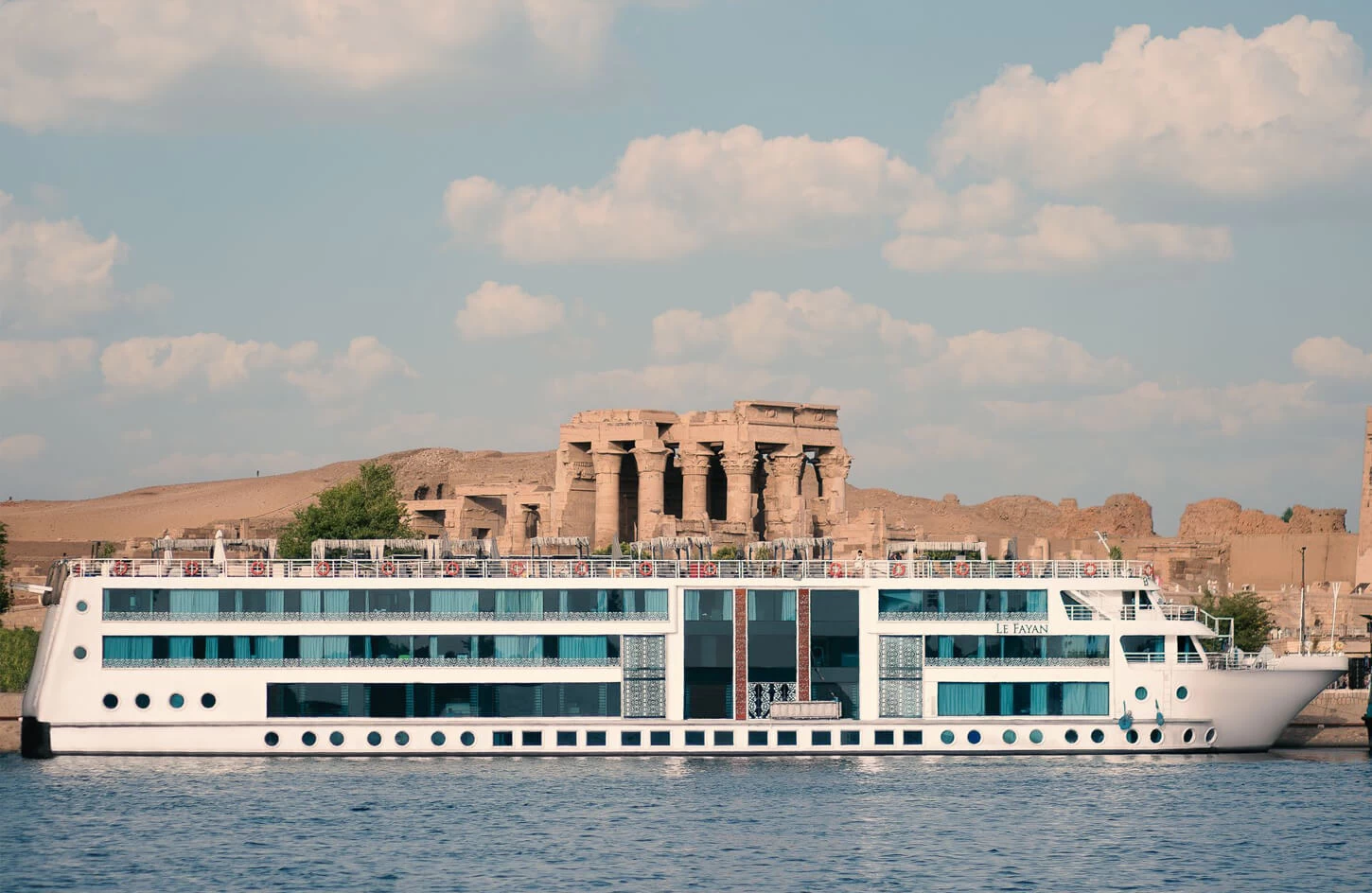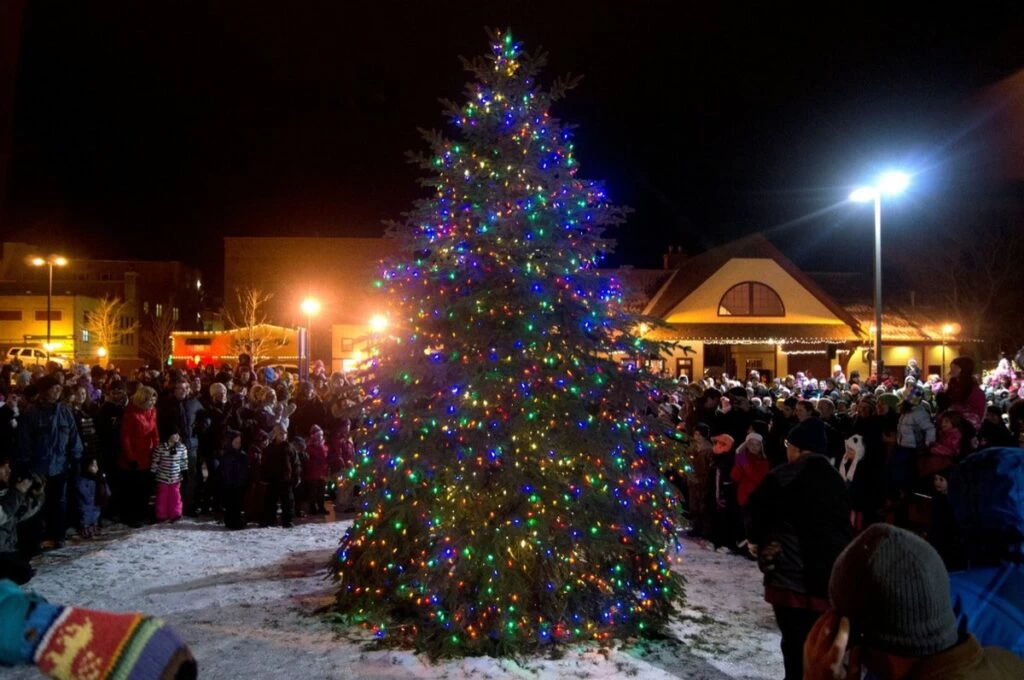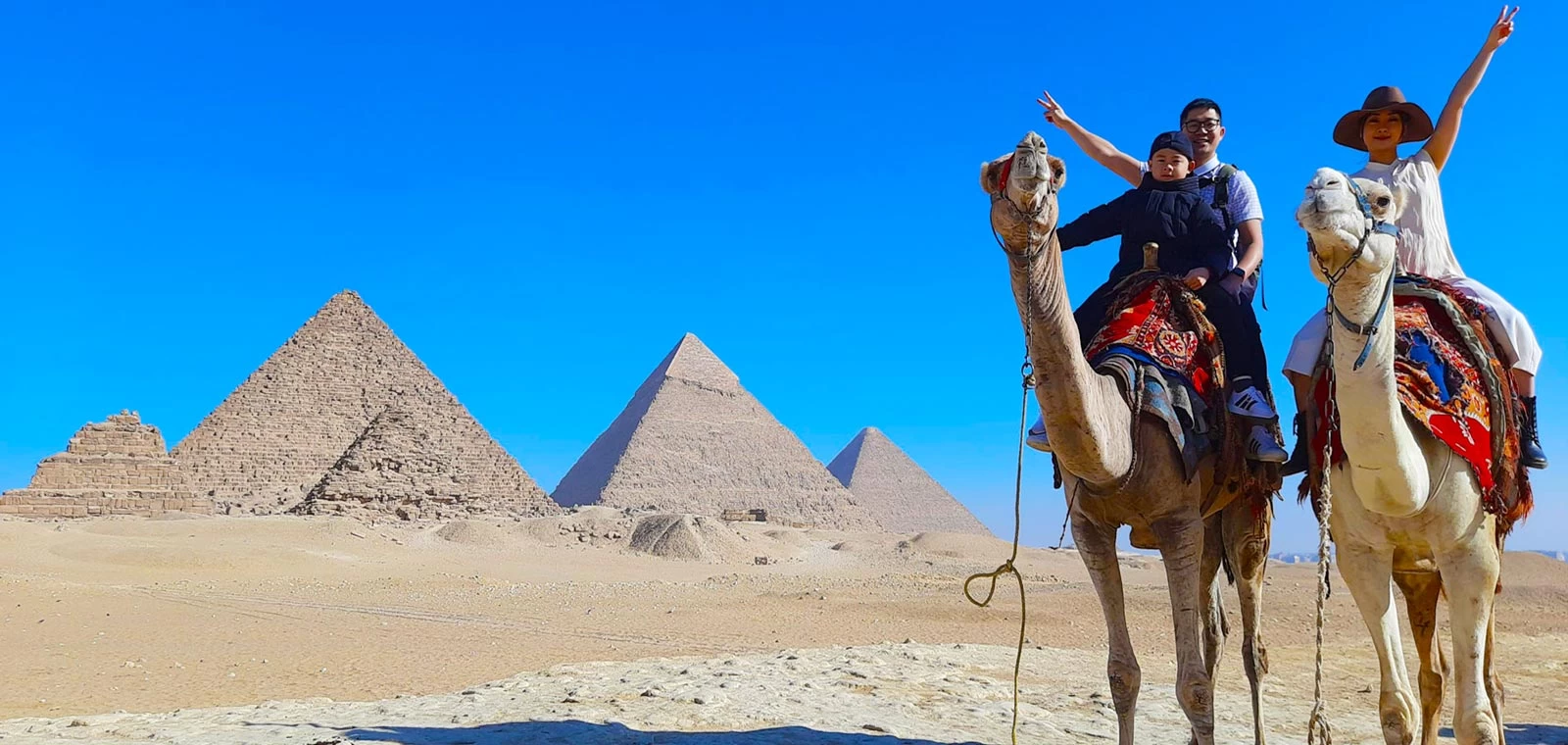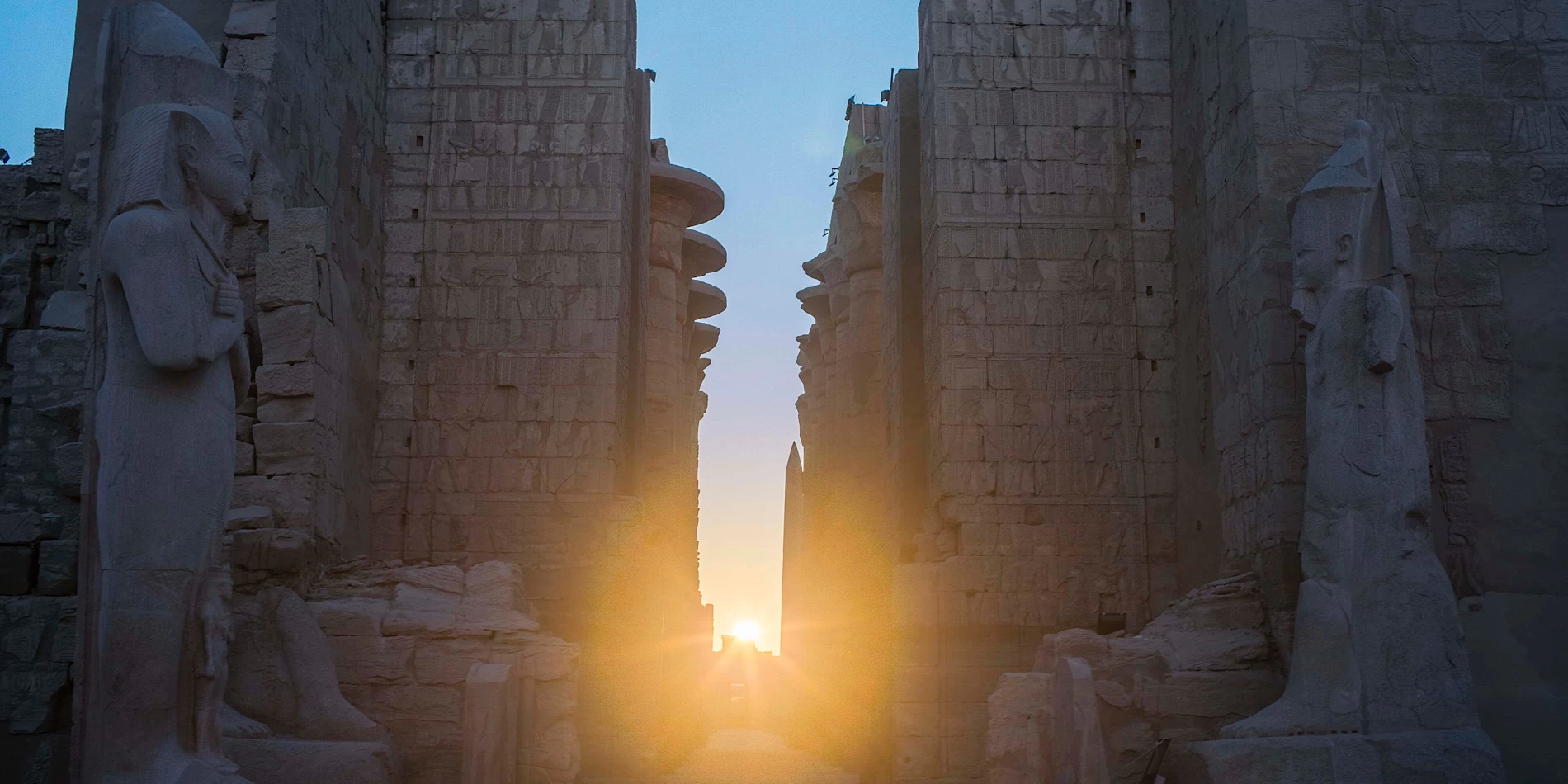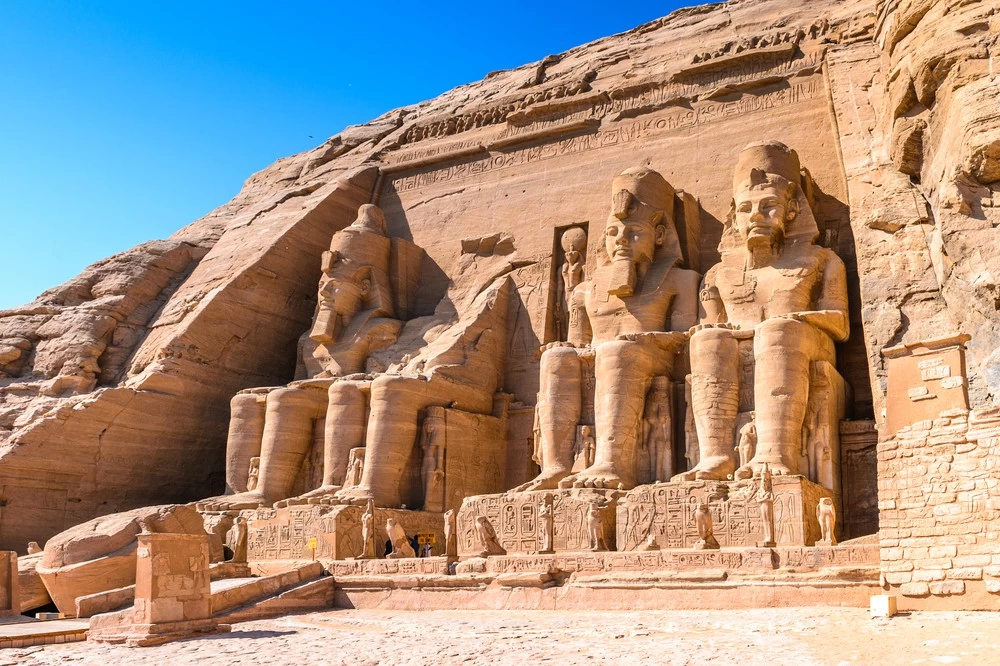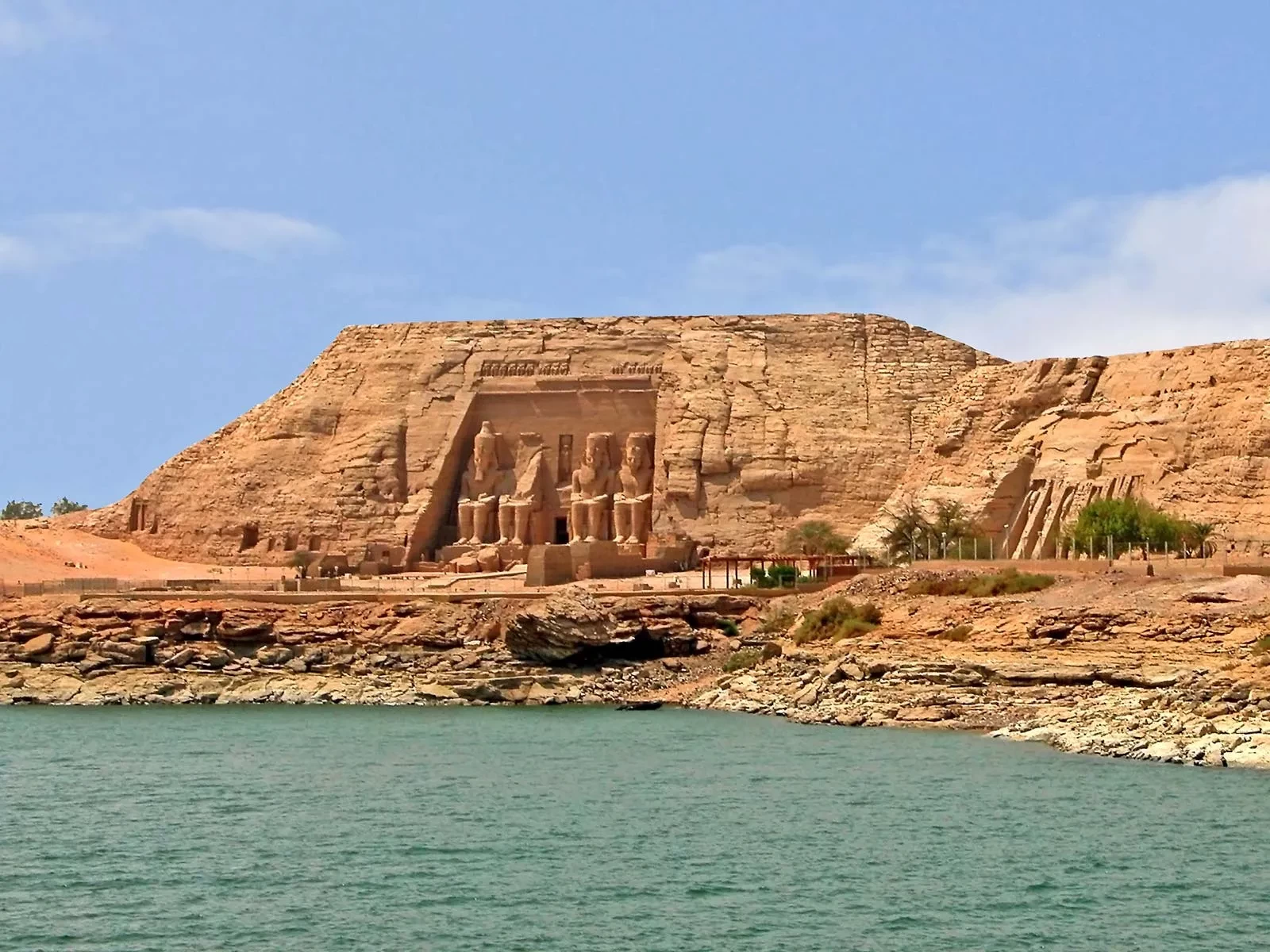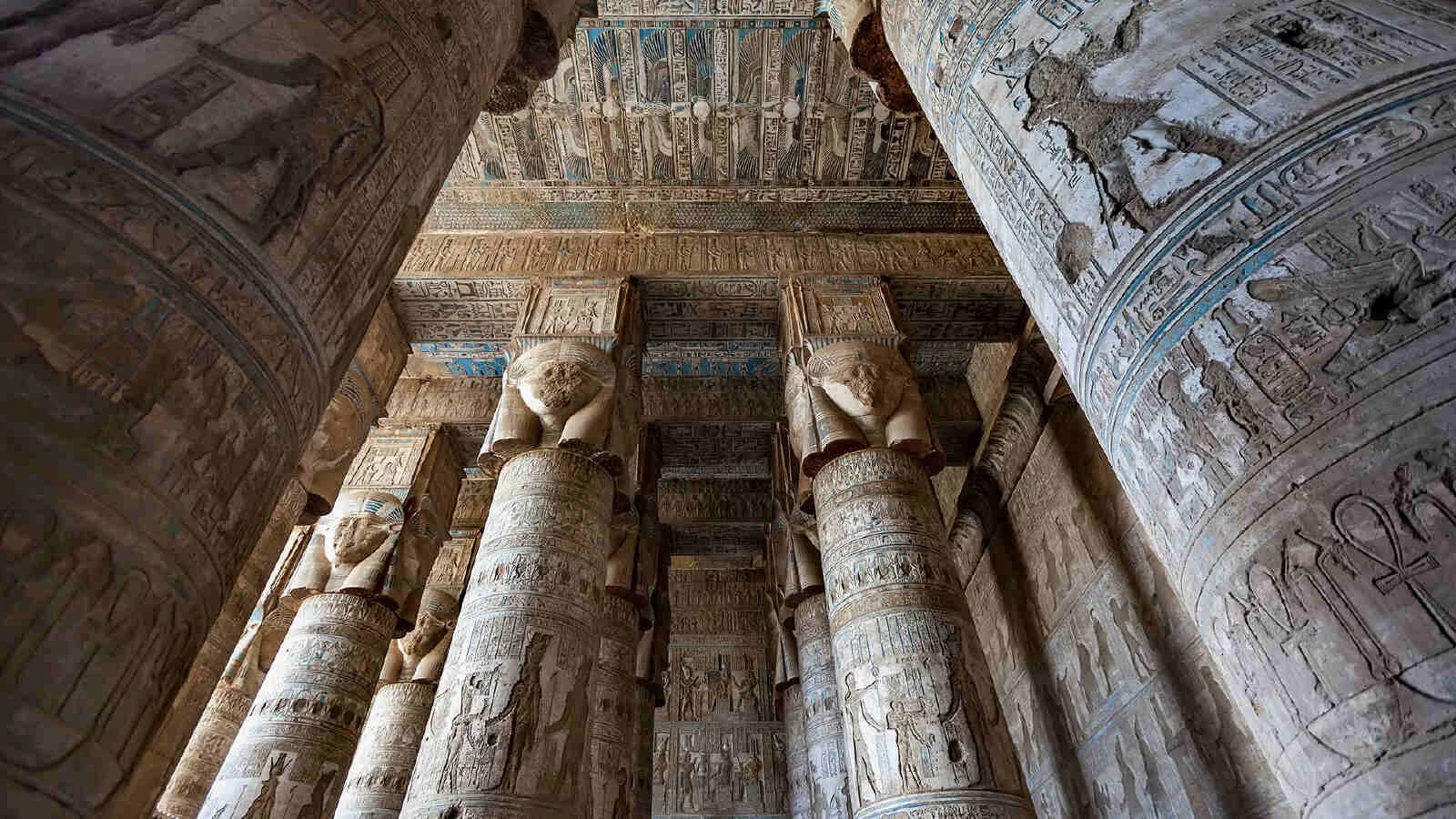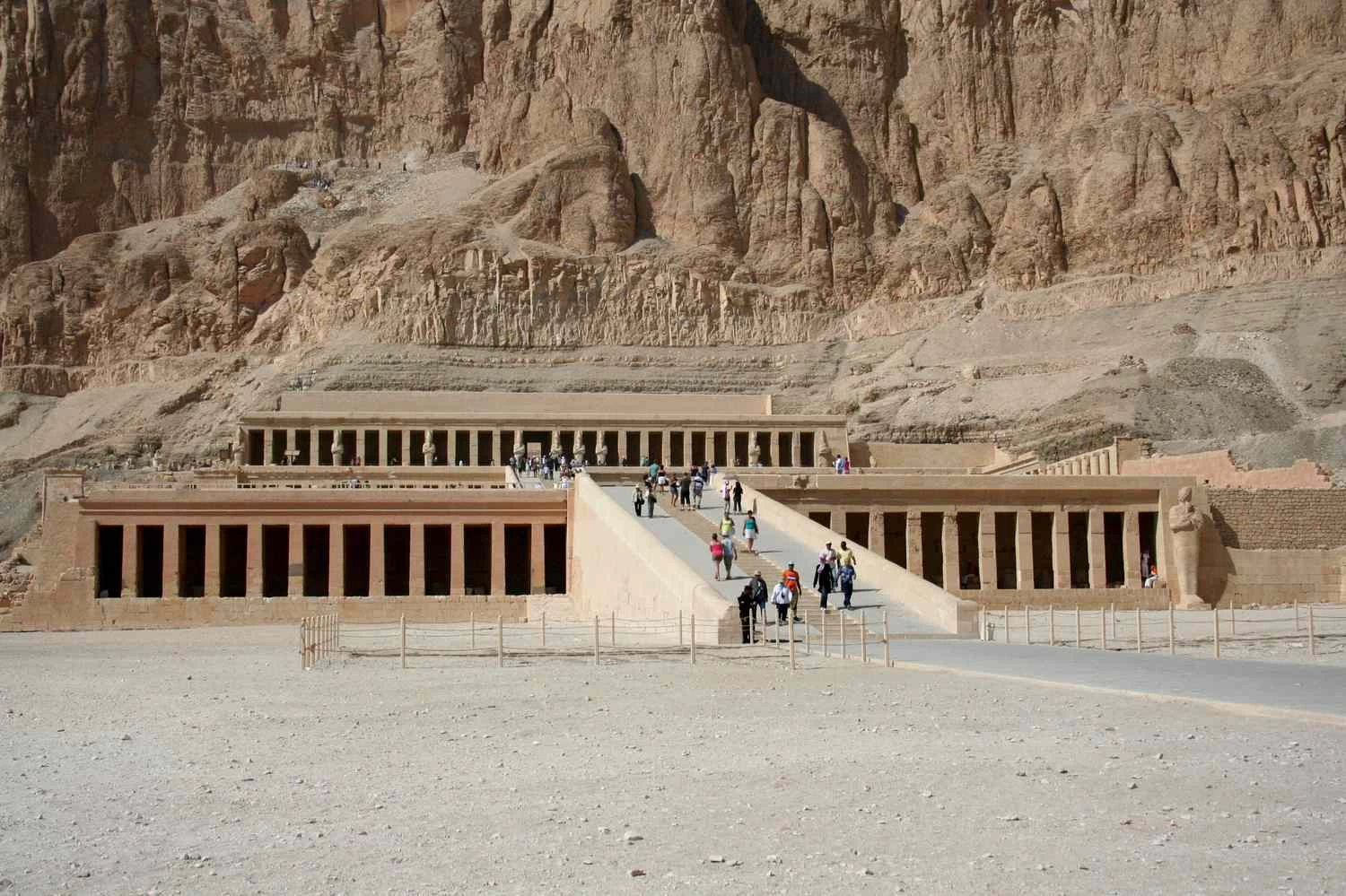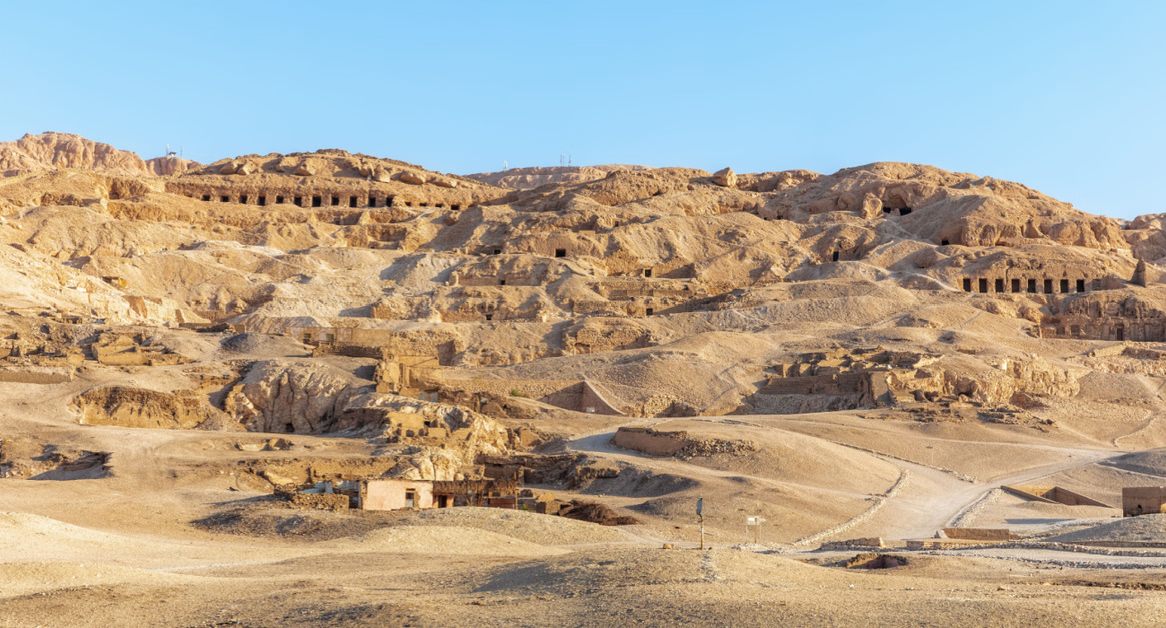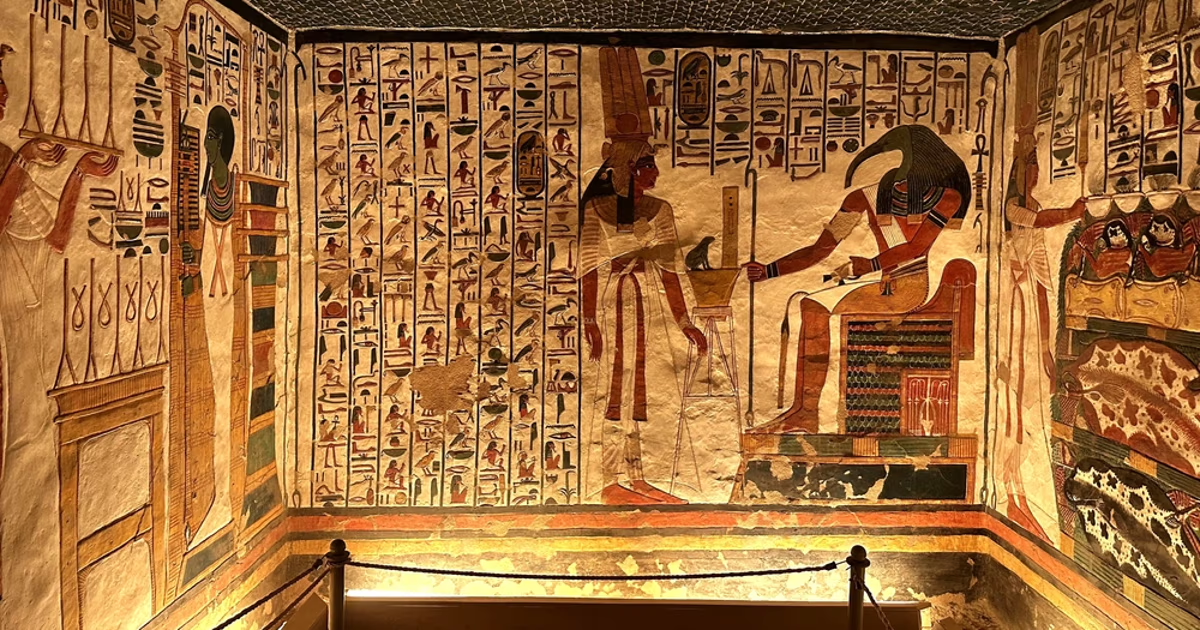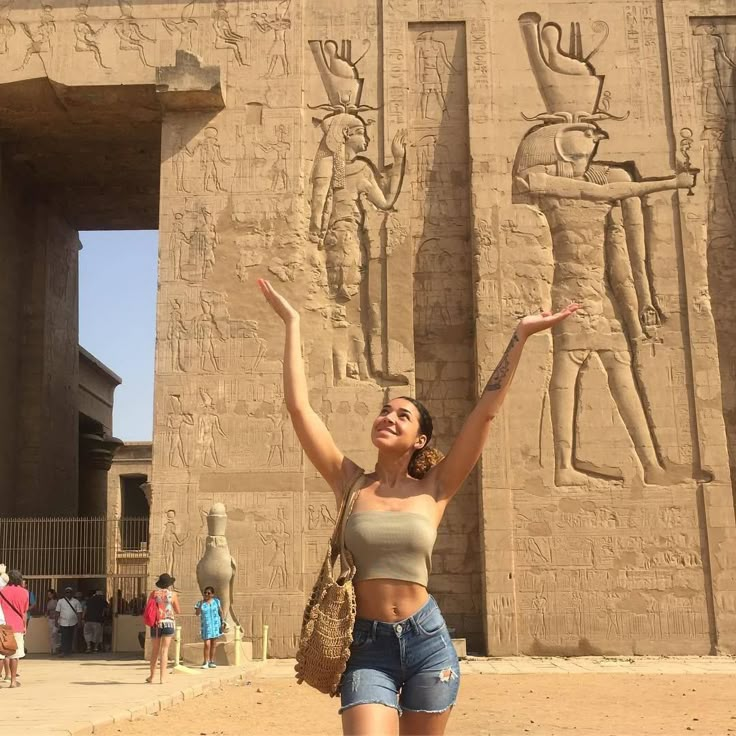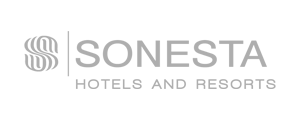Explore Valley of the Kings Tombs Egypt
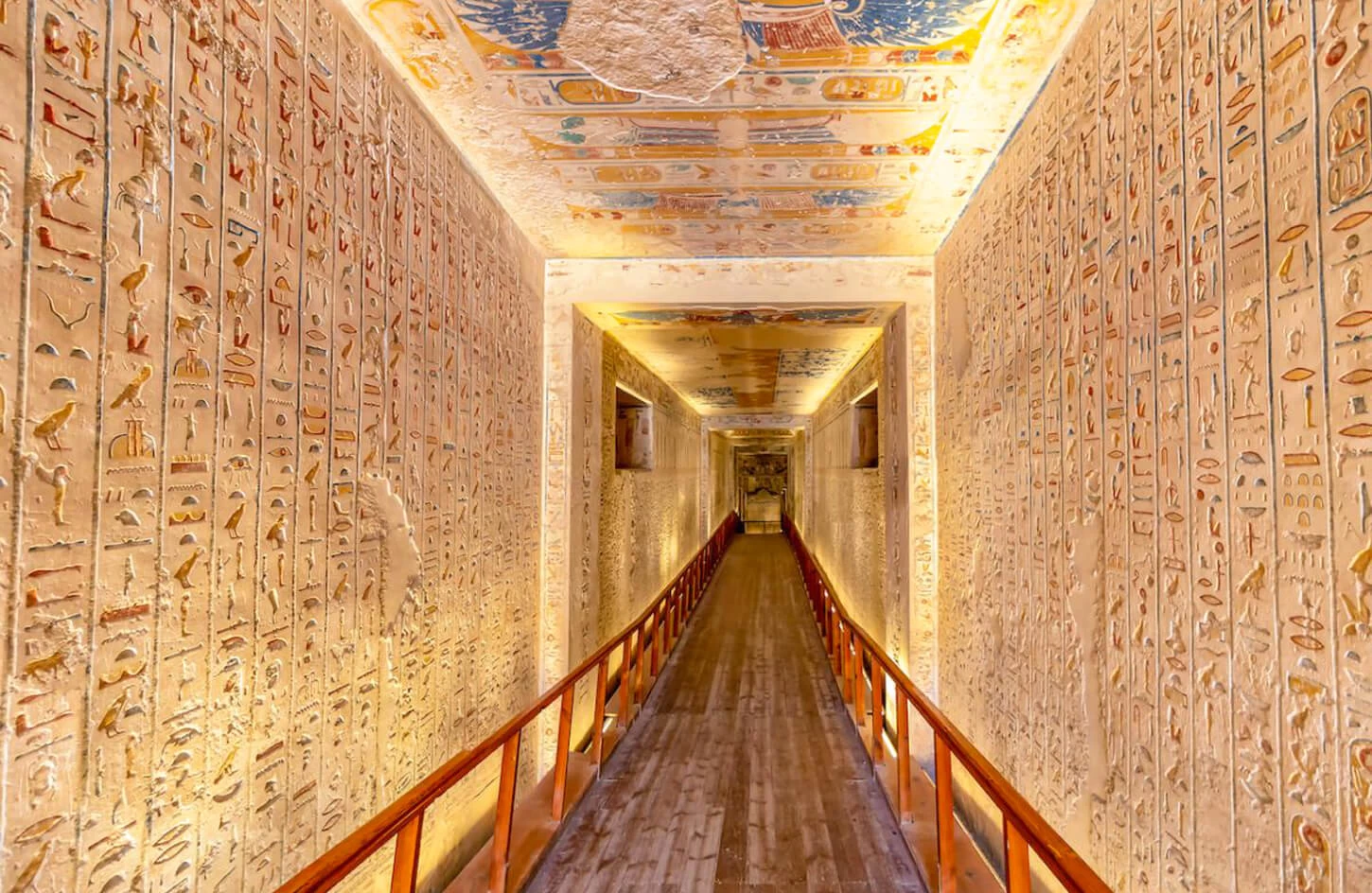
Imagine standing at the gate of this ancient royal necropolis, feeling the almost palpable atmosphere. Imagine for a moment the first explorers who had the fortune to discover these sacred grounds. The feeling of one's heart pounding at the thought of what secrets may be buried beneath the sands is irresistible.
Luxor trip and Valley of the Kings tour offer an unparalleled experience of this timeless site. Whether you’re taking One day in Luxor to the Valley of the Kings or a full exploration, this ancient burial ground holds stories waiting to be uncovered.
There exist within this historic precinct some 65 tombs, each bearing silent witness to stories that I will bring to your attention. These tombs date back to the dying days of the powerful pharaonic rule. The same site is well known for carving some of the most beautiful hieroglyphs and decorations. The tombs represent the deepest religious concepts of a civilization that blossomed over three millennia ago.
Tours and day excursions from Luxor to the Valley of the Kings provide that perfect time-traveling experience into the wonders contained herein. This sacred place is one of history and grandeur whether one is on a tour specifically for the Valley of the Kings or just wandering about on one's own.
For those wishing to dive deeper into the mysteries of ancient Egypt, Luxor day trips to the Valley of the Kings present an exciting journey through the resting places of the pharaohs, sharing insights and tips on how to fully appreciate what this incredible site has to offer.
Introduction to the Valley of the Kings
A famous landmark in Egypt will greet you during your Luxor tours. The royal necropolis, locally called Wadi Biban al-Muluk, comprises 63 tombs from the New Kingdom period (1550–1069 BC). The site is divided into the East and West Valleys, with the Valley of the East holding a higher profile of tombs.
Meaningful traditions infused the choice of location. The Egyptians saw the sun setting in the west, symbolising death and rebirth. Thus, it was only apt for Egypt’s most significant kings to be laid there, and it will certainly be on the itinerary of any Egypt Day Trips.
Entering this site is like stepping into the ancient Egyptian tradition and pharaonic legacy. Alongside the most visited are the tomb of Tutankhamun( KV 62) and KV 63, which was recently discovered in 2006. The tombs of Ramses VII and IX declare the intricate burial rites of the age.
Historical Significance of the Valley
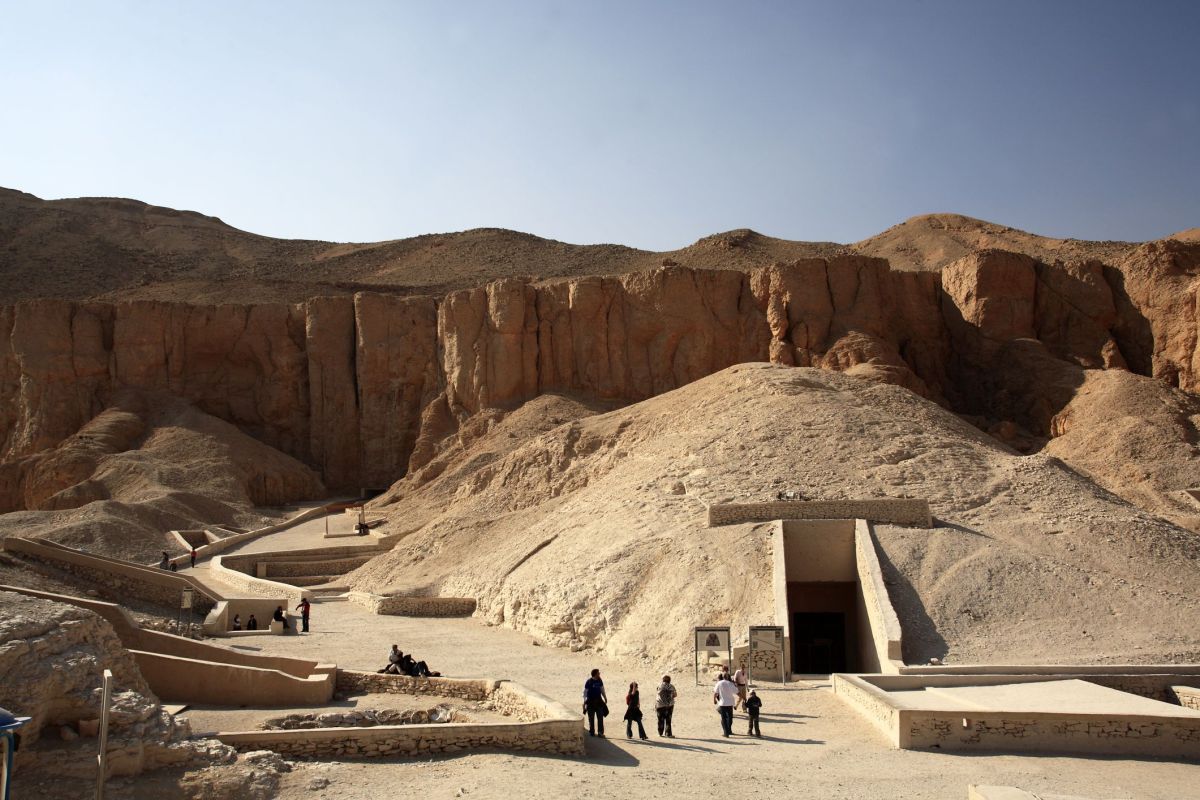
This necropolis acted as the royal burial ground for many pharaohs. Stretching roughly two kilometers long, it contains more than sixty tombs. The tombs show fine workmanship and a firm belief in the afterlife.
A departure from pyramid burials, these secret tombs offered them much protection against theft and maintained the sanctity of their burial place. The walls are inscribed with texts and symbolic decoration designed to aid the pharaohs in their journey beyond death.
During the New Kingdom in Egypt, particularly under the Nineteenth and Twentieth Dynasties, increased proficiency and more elaborate designs came about in tomb construction. More than 62 tombs have been discovered, including the famous tomb of Tutankhamun, which changed the modern perception of ancient Egypt.
Not only pharaohs but high-ranking nobles were buried here, making the site a blend of power, faith, and art that continues to enthrall visitors.
Overview of the Valley of the Kings tombs, Egypt
This is a treasure trove of ancient Egyptian culture. The tombs, usually given KV numbers, are a testimony to the New Kingdom era's splendor. The ticket usually grants access to almost all major tombs such as KV2 (Ramesses IV), KV11 (Ramesses III), and KV15 (Seti II).
Tomb KV62 of Tutankhamun, however, needs an additional entrance fee because of its extraordinary contents. Being world-famous for its treasures, the entrance to this tomb charges about 500 Egyptian pounds.
Other important tombs you must see are KV9 (Ramesses V and VI), dearly appreciated for its art and carving styles. Exploring these tombs will give you a more direct approach to the funerary system and beliefs of ancient Egypt.
Famous Pharaohs Buried in the Valley
Notable pharaohs are interred within this royal necropolis. Among them are Tutankhamun, Ramses II, Tuthmosis III, and Seti I, all of whom forever altered Egyptian history through their tombs and artifacts.
Tutankhamun, the boy king, ruled for a brief period, yet his tomb in 1922 was filled with unimaginable wealth and magnificent craftsmanship. Ramses II is considered one of Egypt's greatest rulers, remembered for his military campaigns and construction works. The Valley also contains the burial places of Tuthmosis III and Seti I, with each tomb reflecting the grandeur of their reign.
About 1.5 million visitors are attracted to the Valley every year because of its massive architecture and excellent wall paintings.
Noteworthy Tombs to Explore
Several tombs stand out for their artistic beauty and historical importance. Tomb KV2 (Ramesses IV) is adorned with fine paintings, and its depth plunges nearly 300 feet below the surface.
The treasures of the practically intact KV62, or the tomb of Tutankhamun, discovered in 1922, still spark interest among tourists. Seti I's tomb, KV17, is enormous and painted with hieroglyphics describing the afterlife.
KV11 (Ramses III) contains detailed engravings on sun worship and divine encounters, while KV9 (Ramesses V and VI) is treasured for its engineering and artistry.
By buying a general ticket, visitors may tour up to three tombs, with the option of purchasing further tours such as Tutankhamun's.
Visiting the Valley of the Kings
It is an extraordinary opportunity to walk in the pharaohs' footsteps. As a site of global significance recorded by UNESCO, it consists of 63 tombs, each splendidly decorated with artistic and historical engravings.
The period between October and April, which is relatively cooler, is the best time to visit. Tickets cost 100 LE for adults, plus extra for special tombs such as Tutankhamun.
Guided tours offer a lot more context, while taxis, bikes, and buses get you there quickly. Tuk-tuks are a cheap alternative to reach the site during the summer.
Visitor Guidelines
In order to preserve the site, a couple of basic rules shall be observed:
Stay on designated paths.
Do not touch the wall paintings.
Ensure photography is allowed before clicking pictures inside the tombs.
Tickets would generally set you back around 600 EGP, granting access to three tombs; more expensive for some others.
Children under the age of five go free, and there are discounts available for children aged six to twelve and for students.
Consider buying a Luxor Pass to enter multiple sites over five days.
An early arrival helps to avoid the rush, giving an enjoyable experience.
UNESCO World Heritage Site Status
It is a site of immense historical and cultural value. The tombs illustrate how the ancient Egyptians viewed the afterlife and their artistic skills.
Being listed as a UNESCO World Heritage Site ensures its conservation and promotion, so this cultural treasure can be enjoyed by future generations.
Protective Measures and Challenges
Protection is, therefore, the main and most difficult challenge facing this site. The environmental factors and touristic activities put stress on the fragile murals.
The Egyptian government, along with a group of international experts from the Getty Conservation Institute, has made interventions since 2009 to observe and conserve the tomb conditions, with a particular focus on Tutankhamun's tomb.
Those measures, amongst others, involve purification of air, as well as climate control, in an attempt to prevent the process of deterioration, turning a good hope that the site will be preserved for the interest of all future generations.
Exploring Ancient Egyptian History
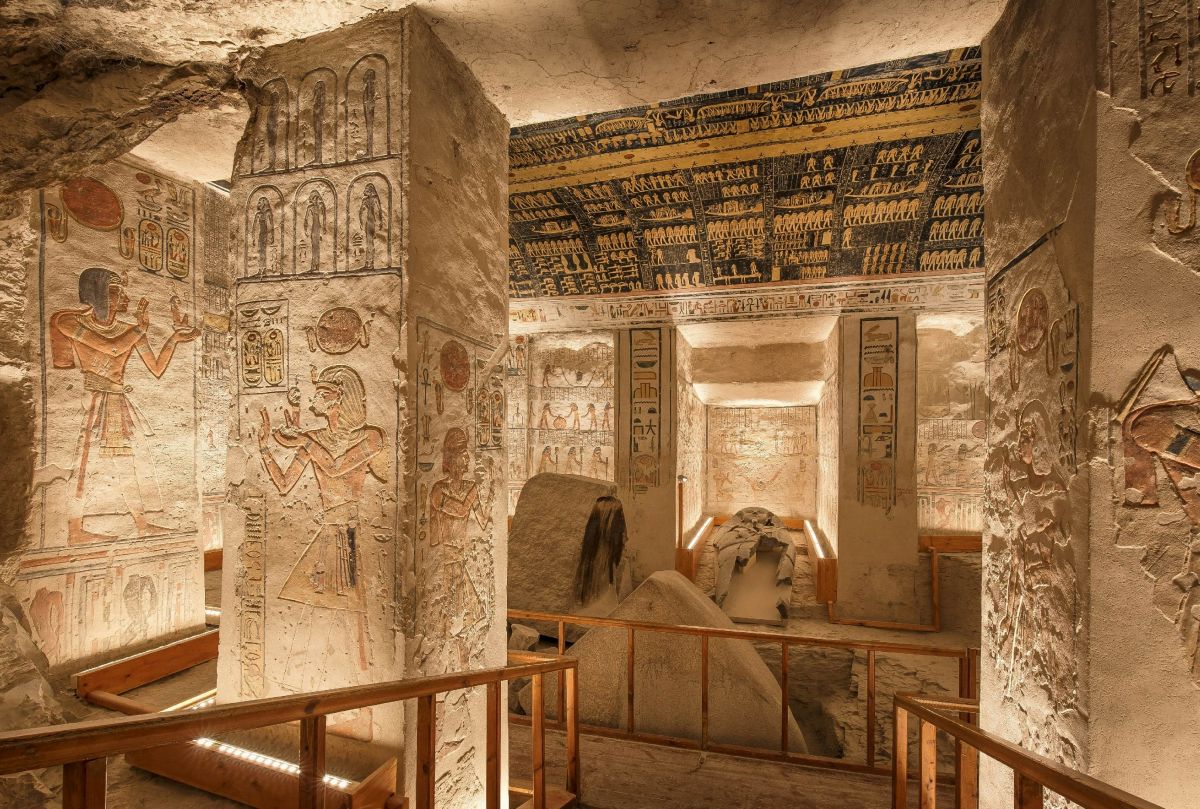
A trip here shall be a walk through the chronicles, narrating the stories and customs of mighty pharaohs. This site flourished for nearly five centuries in the New Kingdom.
Ever since Howard Carter unearthed this place in 1922, it has been crucial to knowing the royal traditions of burial in Egypt. The main draws, the tombs of Tutankhamun and Seti I, display the arts and crafts of ancient Egypt.
Luxor and Its Historical Landmarks
Luxor is situated in the southern part of Egypt and boasts major archaeological sites like the Luxor Temple, the Karnak Temple, and the Valley of the Queens.
Once called Thebes in antiquity, Luxor was an administrative and religious center in the New Kingdom. The city is split by the River Nile into the East Bank and the West Bank, with the greater sites situated in each accordingly.
Tourism is the end economic specialty and is functional all year round because of the profusion of historical sites.
Valley of the Kings Tourism Insights
It is one of Egypt's major tourist sites, attracting millions annually. In the peak season, daily visitors can be as many as 5,000; with the docking of cruise ships, this number increases even further.
Your visit could be planned in such a way that your fun is maximized. The tombs, such as Tutankhamun's and Ramses II's, whether visited by a guide or alone, serve as testaments to the power and artistry of ancient Egypt.
What to Expect from the Experience of the Tombs
Descending into these tombs, you will encounter grandiose structures and detailed paintings. It is almost emotional and very inspirational to visit the burial chambers of well-known pharaohs.
The majority of visitors see about three tombs per day, with an additional fee required for tickets to Tutankhamun's tomb. Most artifacts from here can be seen in the Egyptian Museum in Cairo.
Travel Tips for the Valley of the Kings
Come between October and April for an ideal trip; wear good shoes, bring some water, and apply sunscreen! Stick to the rules for photography.
Tours run approximately 40 USD and are filled with insightful information. General admission will give you access to three tombs, with several having an additional fee.
Early opening and closure between 4:00 and 5:00 PM. Luxor Pass is a pretty good bargain concerning exploring a bunch of sites.
Be alert not to get scammed and get the most from the rich history that this site has to offer.


